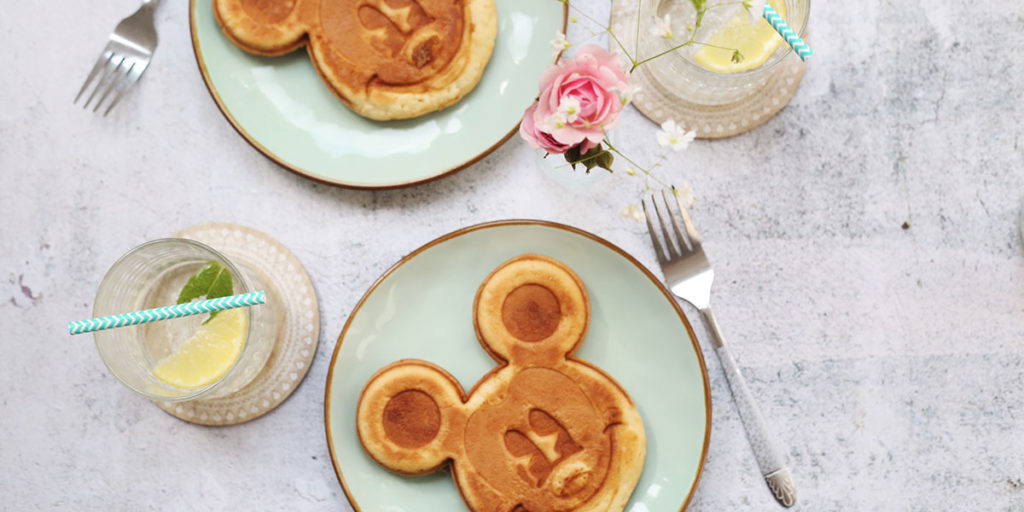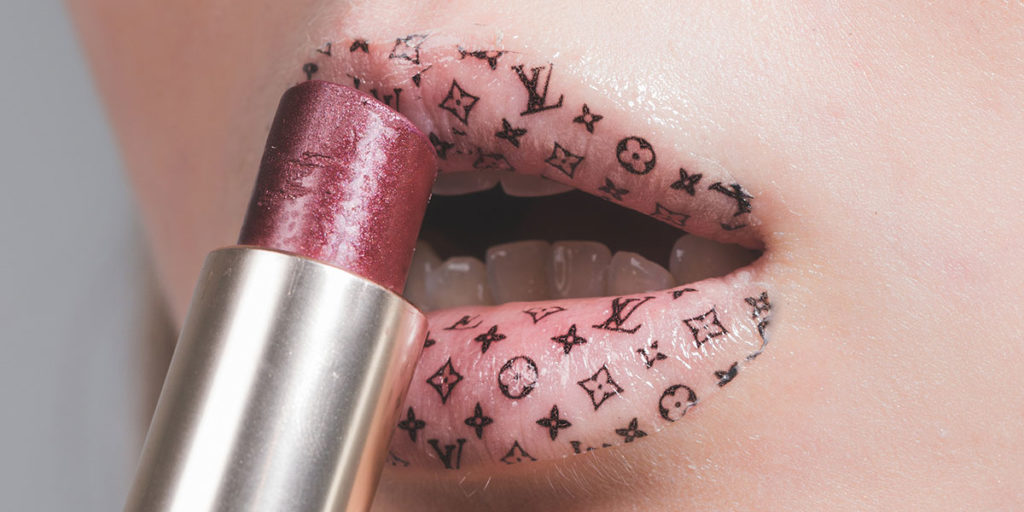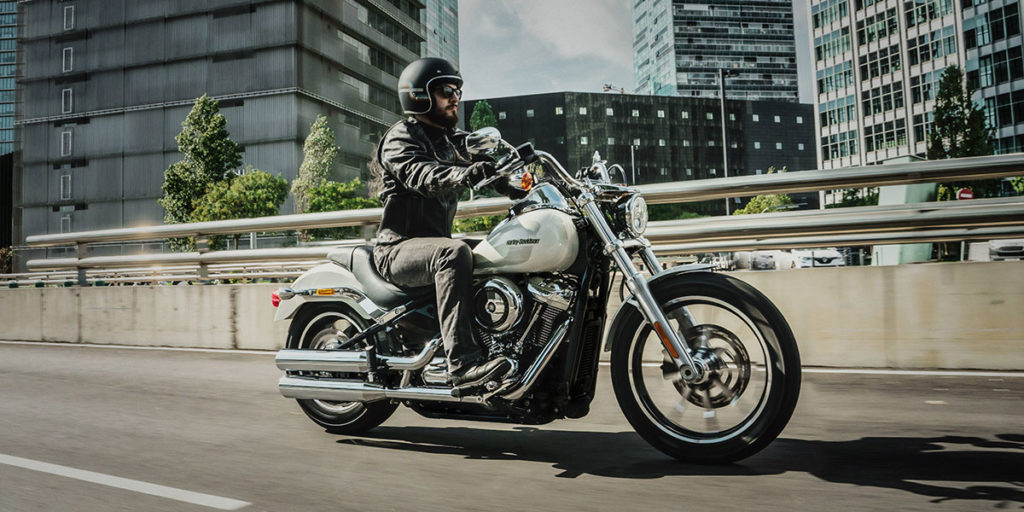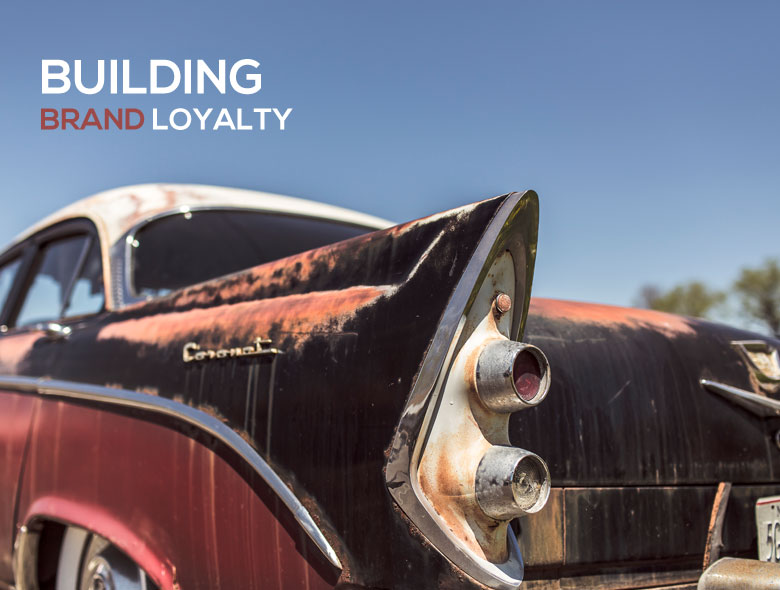Wikipedia defines Brand loyalty as positive feelings towards a brand and dedication to purchase the same product or service repeatedly now and in the future from the same brand, regardless of a competitor’s actions or changes in the environment.
What is brand loyalty?
Brand loyalty is an essential component of success in small business. It’s important not just that people identify with your brand, but that they feel committed to your company. Luckily, there are ways for you to build this type of loyalty without spending a fortune on marketing.
The five core dimensions of a brand personality are sincerity, excitement, competence, sophistication, and ruggedness. These dimensions map to five psychological factors of the human mind – perception, learning, motivation, and beliefs and attitudes.

Sincerity
If a brand wants to use sincerity as a core dimension then in their marketing and messaging, they should focus on coming across as honest, genuine and cheerful. Examples of sincere brands are Tesla, Samsung, Virgin etc.

Excitement
If a brand wants to use excitement then they should use daring, spirited, imaginative and up-to-date tactics in the marketing and messaging. Examples of exciting brands are Disney, Apple, Coke, Red Bull etc.

Competence
For competence, campaigns should indicate the brand is reliable, responsible, dependable and efficient. Examples of competent and efficient brands are Volvo, Apple etc.


Sophistication
For sophistication, a brand’s messaging should indicate glamour, presentation, charm and romance. Examples of sophisticated brands are Louis Vuitton, Versace, Gucci, Burberry etc.

Ruggedness
To target ruggedness as a core dimension, a brand must look tough, strong, outdoorsy and rugged. Examples of rugged brands are Timberland, Woodland, Caterpillar, Harley Davidson etc.
When it comes to brand loyalty, the most important factors are beliefs and attitudes and consumers use beliefs to form a brand image in their minds, and marketers try to either change or enhance people’s beliefs to draw them to their brand.
So why is brand loyalty important?
When people have brand loyalty, they are more likely to accept new product extensions and perhaps even at higher prices than the competition. They may also make it difficult for new brands to enter the market and would give your brand a competitive edge.
Here are some guidelines on building brand loyalty:
Have a brand that your customers can believe in. While many small business owners are tempted to go without professional logo design services, this will only cost you money in the long run. Investing in designing a professional and appropriate logo design is the first step you can take toward building brand loyalty.
Allow customers to customize their product. For example, Threadless.com allows all customers to design t-shirts and upload these designs to their website. Customers then vote for their favorite designs, which are subsequently carried on the website as a featured product. This builds customer loyalty because they are more likely to visit the site, return to see results and buy the resulting product. Interactive and personalized companies build customer loyalty. It also makes customers feel special and wanted.
Create an emotional connection. The more your customers feel attached to your company, the more likely they are to return to your business again and again. It is easy to create this connection while your company is small and you are interacting with the customers on a daily basis. However, you need to make this emotional connection a key part of your brand so you can maintain this emotional connection as your company grows. Companies such as Google, Apple, and In-N-Out Burger are successful in large part because they help the customer feel like there is an emotional bond between the company and the people it serves.
Court the media. Many modern people feel that the media is infallible. Regardless of whether this is actually true, small business owners are wise to court the media and try to get on television, radio, and even printed media. Not only does this give you a needed boost in legitimacy—most people regard business owners featured in the media as tacit experts—it gets the word out about your business.
A good example of this is Dogswell. This company took a letter from a customer and turned it into an appearance on NBC’s Today Show. An aging dog, who had developed problems with arthritis over its more than two-decade life span, had begun using the natural products available from Dogswell and subsequently recovered since using the company’s products. After a two-year stint using the product, arthritis had disappeared, and the dog, now the oldest living dog on the planet, was living a pain-free life. The dog’s age made this a good narrative for the media, which jumped on the story. The Today Show coverage led to multiple other stories on both national and local media, which gave this brand a legitimacy that it never imagined.
Can you build loyalty in four simple steps? While this seems too easy, statistics suggest that this indeed is true. Having a loyal following can mean the difference between success and failure. Consult a branding consultant today to see how you can become the next big thing.
Who Are Your Biggest Brand Fans?
Many entrepreneurs are focused on constantly pursuing new customers—and with good reason. After all, the only ways to expand your profits are to expand the number of people who buy from your business and expand the amount that those customers buy. However, many small business owners in doing so make one very disastrous branding error: forgetting who their loyal customers are.
You probably know at least a few of these loyal customers. In many cases, they are easy to spot, because they are the ones who leave with a smile and keep coming back. However, over time they seem to get lost in the shuffle. It’s easy to focus most of your attention on the customers who present a problem and the people who aren’t yet customers at all. However, this is exactly the opposite of what a successful business owner should be doing.
The first step to putting your focus on loyal customers who are already fans of your brand is to identify them. Who are these people? Once you have narrowed them down to a narrow demographic range, you can begin to ask the questions that will help you create more customers just like them. What made your brand fans customers in the first place? What keeps them coming back and, just as important, what about your brand is appealing to them? Knowing this crucial information will help you add more people to your base of fans. However, it will help you in another important task: keeping these fans happy.
Why should you work hard to keep loyal fans happy? It is simply the right thing to do. Ignoring the people who are your business’s bread and butter while focusing on the new kids on the block is just unfair. Customers who observe this pattern will likely become bitter and disillusioned. Further, it is exponentially more difficult to get a new customer than to keep an existing one. Wooing your brand fans makes good sense from a fiscal point of view as well as an ethical one.
Not only will identifying and romancing your biggest brand fans bring you greater profits and encourage loyal behavior, it will cut back on your day to day headaches as well. Aren’t you tired of appeasing difficult customers? Wouldn’t you rather be dealing with people who are generally happy with your brand and its products? By knowing who these people are and why they love your business, you can more easily identify and market specifically to others just like them. Focused marketing efforts such as this are always more successful than broad attempts, and they are usually more inexpensive as well.
Once you have identified your brand fans and understand what makes them keep coming back, you will be well on your way to small business success. These customers are not going to abandon you because of one bad experience. They are not going to jump ship for a cheaper alternative as soon as the economy takes a dip. They have formed a relationship with your brand, which is the whole point of your investment in marketing and branding activities.
« Is Your Logo Versatile Enough? | Building a Business, Tweet by Tweet »

